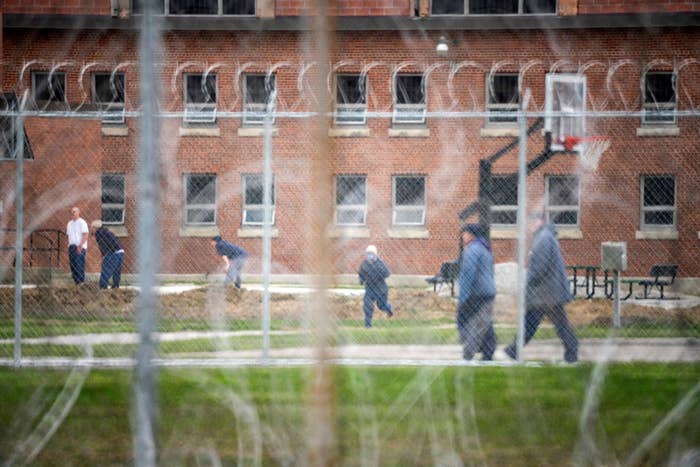
BuzzFeed News has reporters across five continents bringing you trustworthy stories about the impact of the coronavirus. To help keep this news free, become a member and sign up for our newsletter, Outbreak Today.
After the first cases of COVID-19 surfaced at Ohio Marion Correctional Institution, officials decided to do what no prison in the country had yet done: test every inmate inside.
And even though advocates had warned for weeks about how devastatingly fast the coronavirus could spread in prison, where good hygiene is hard to maintain and social distancing is nearly impossible, the results were shocking. More than 70% of inmates — 1,828 of them — tested positive for COVID-19, including scores of men who never exhibited symptoms.
“There’s way more people that were asymptomatic and tested positive than anyone ever dreamed,” Annette Chambers-Smith, director of the Ohio Department of Rehabilitation and Correction, said at a press briefing Thursday.
Across the US, only a fraction of incarcerated people have tested positive for the virus, partly because most lockups have limited their testing to inmates with symptoms like cough or fever. But in the handful of prisons committed to mass testing, results have revealed the virus has spread more deeply, and far more quickly — leading to questions about how many of the roughly 2 million people behind bars in the US may actually be exposed.
It's clear that infections in prisons and jails are being undercounted, Udi Ofer, director of the ACLU’s Justice Division, told BuzzFeed News.
“It’s spreading whether we’re counting it or not, and right now the strategy for the federal government and most states has been to close your eyes and wish for the best,” Ofer said. “That’s just not an effective strategy. We need mass testing.”
In Ohio, after the shocking results at the Marion prison, officials decided to do mass testing at two more facilities, focusing attention on prisons with an older population and those with medical conditions. The point, Chambers-Smith said, was to get a clearer picture of the risk faced by inmates who could develop severe cases of COVID-19.
Of the more than 6,200 inmates tested — more than any state so far — 63% were infected with the novel coronavirus, making the Ohio prison system one of the worst hot spots of the pandemic inside the US.
“We knew we needed to try to keep COVID out of the prisons because, once it came in, we would have very little success in stopping it,” Chambers-Smith said.
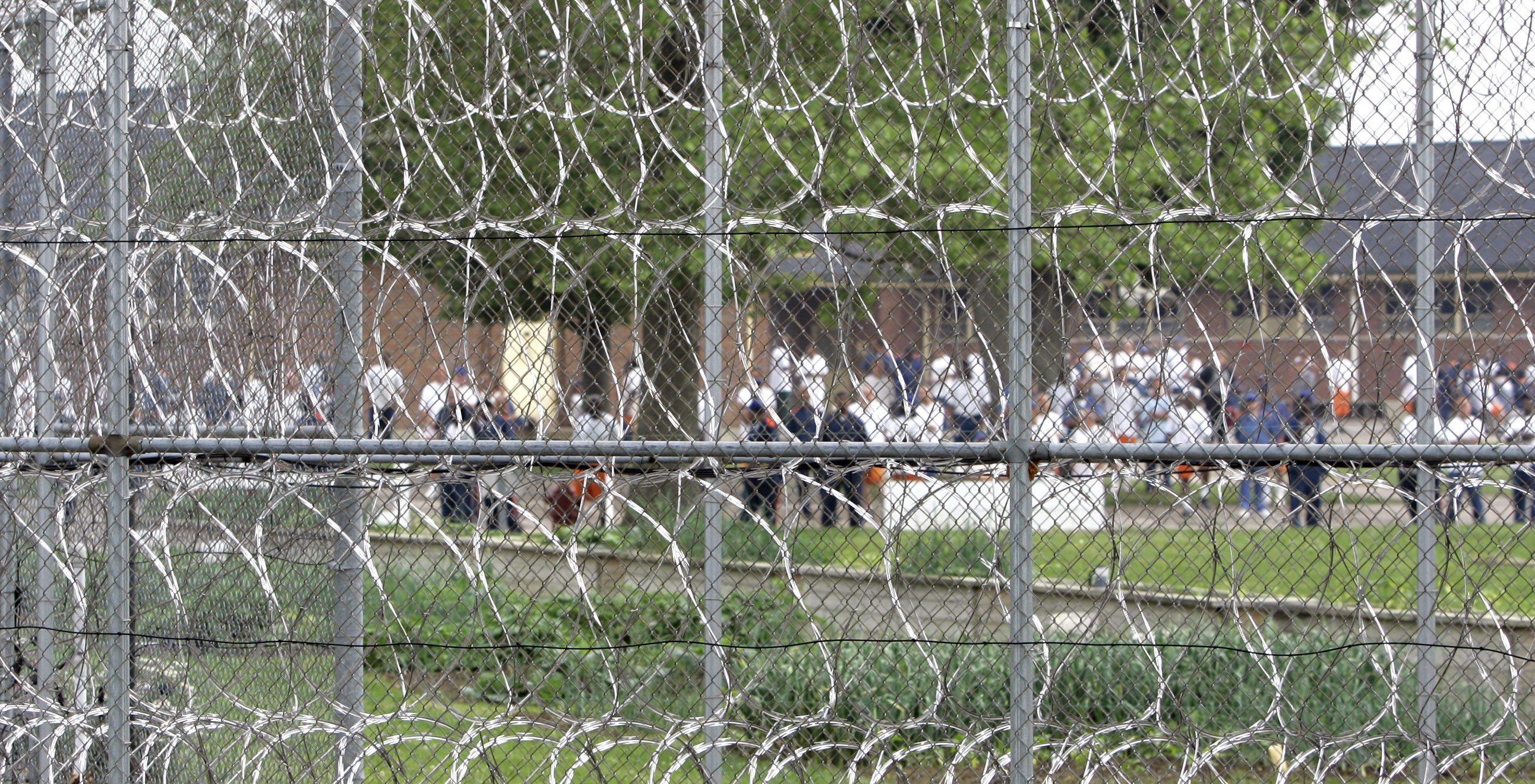
In Michigan, prison officials have also started a program of mass testing, starting with about 1,500 inmates at Lakeland Correctional Facility. Nearly half of all inmates there tested positive for the virus.
Across Michigan prisons, 46% of all inmates who have been tested have been infected with the coronavirus, and next week, the Department of Corrections is moving to also test all inmates at G. Robert Cotton Correctional Facility, where 655 cases have already been confirmed.
The high number of confirmed COVID-19 cases has put the department in the spotlight, suggesting that its prisons have also become a virus hot spot. But prison officials pointed out they've done widespread testing of the state's 37,000 inmates, releasing not just the number of confirmed cases, but also the number of tests being administered.
“We have also tested more prisoners than California and Texas combined, and those two states have about a quarter-million prisoners,” Chris Gautz, spokesperson for the Michigan Department of Corrections, told BuzzFeed News. “We decided at the very beginning of this how important it was going to be, to be transparent and show exactly what our numbers are, knowing full well that some might choose to use that against us. But being open was more important.”
Michigan prisons are also planning on expanding mass testing to other facilities, and the state will begin antibody testing of inmates next week to see which inmates previously contracted the virus.
“We would love to test every prisoner and, if we have the testing kits available, we would move in that direction,” Gautz said.
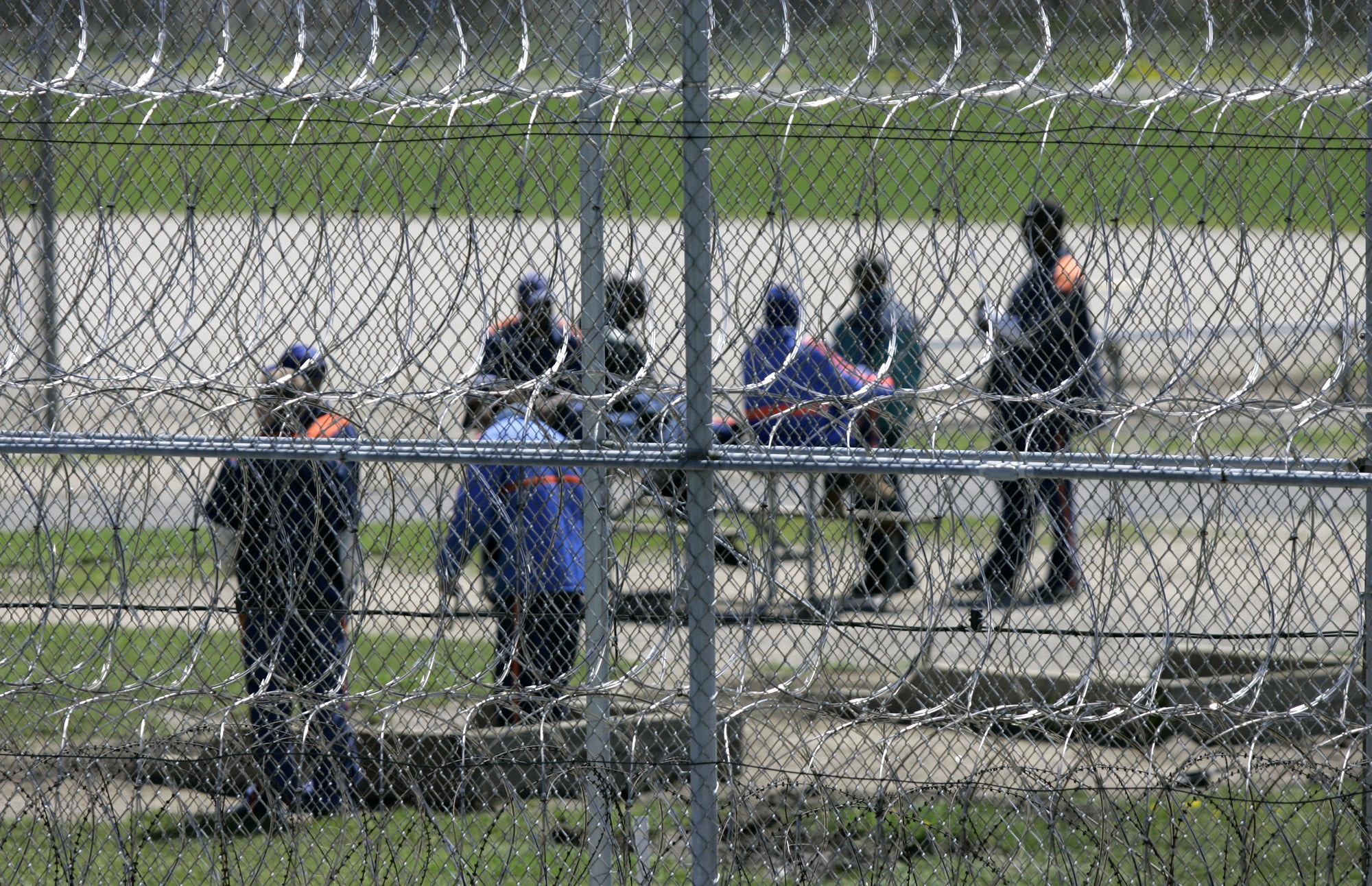
But most prisons and jails across the country are not adopting the same testing strategy. Instead, most institutions point to the CDC guidelines, which require only that inmates showing symptoms of COVID-19 be tested — in spite of consensus by the CDC and other public health experts that people without symptoms can spread the virus.
So far, the Texas Department of Criminal Justice has tested 1,680 inmates, a fraction of the more than 160,000 inmates in its custody. There are no plans to conduct mass testing at any of its facilities, spokesperson Jeremy Desel said.
So far, 985 inmates have tested positive, and 11 deaths are still under investigation for possible links to COVID-19.
There are no concerns that asymptomatic inmates could be spreading the virus inside, Desel said.
“Any of our facilities that have a confirmed positive case of an offender or an employee are on a precautionary lockdown,” Desel said. “There’s not much more as far as a precautionary lockdown that you can do besides that — create as much social distancing in a prison environment as you can do it.”
Lockdowns and isolation have been the strategies commonly adopted by jails and prisons. In Ohio, for example, officials have put inmates into groups, limiting their contact with other groups of inmates at a facility.
But prisoner advocates argue knowing exactly how many, and which inmates have been infected is a more effective way to manage the population and protect the most vulnerable. It could also mean some portions of prisons wouldn't have to face blanket lockdowns, which could ease tensions inside.
“The more they know about it, the more comfortable the department can be to lift those restrictions,” said Natalie Holbrook, director of American Friends Service Committee’s Criminal Justice Program in Michigan.
The alternative, she said, is that some inmates might not come forward when they start to feel sick for fear of being placed in isolation, on lockdown, or with other sick inmates.
“We’ve had people die without reporting symptoms because they were scared of quarantining procedures, and that has to get fixed,” she said.
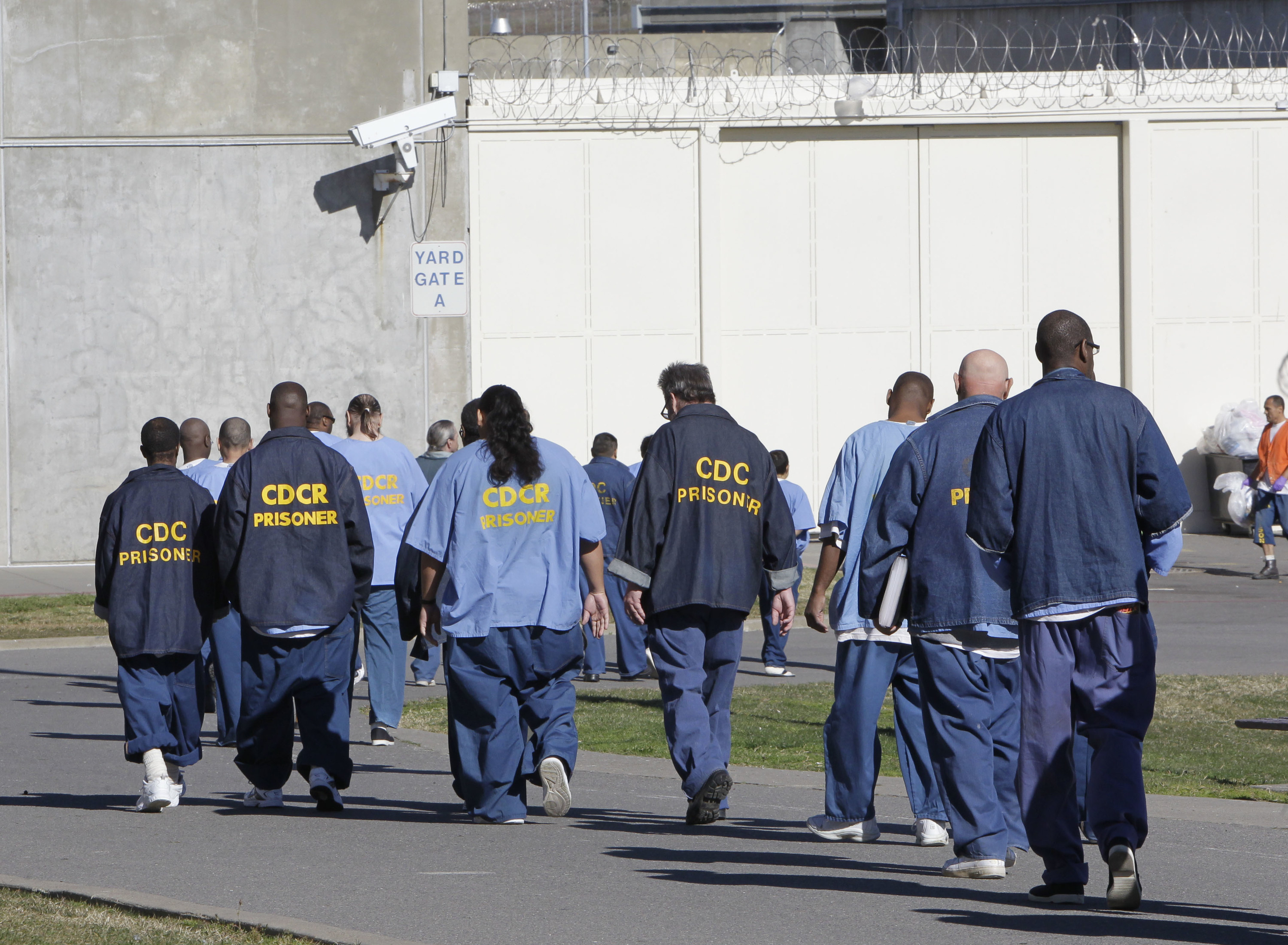
In California, where 262 inmates in state prisons have tested positive as of Sunday, the California Department of Corrections and Rehabilitation is also testing inmates only when they exhibit symptoms of COVID-19.
Dana Simas, a spokesperson for the department, told BuzzFeed News that while their strategy for testing “remains flexible,” the decision on whether or not to do mass testing is “made in coordination with the local county public health department, and greatly depend on their capabilities and priorities for testing.”
So far, 1,491 of California's more than 117,000 inmates in custody have been tested.
“In the event of a positive COVID-19 case or potential exposure to the incarcerated population, the department is following isolation and quarantine protocols for the incarcerated population,” she said.
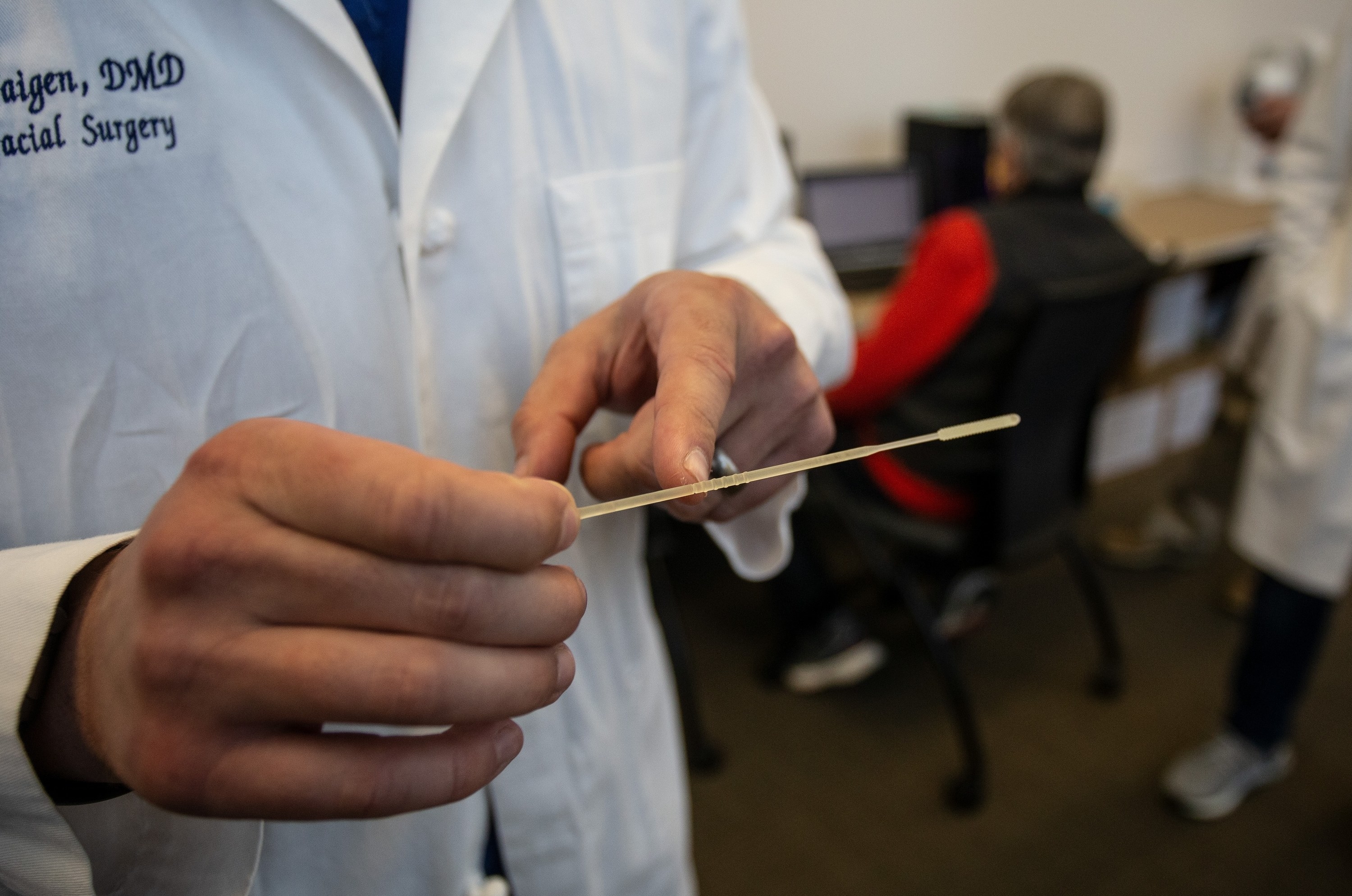
But inmate advocates argue the lack of testing across the country means prisons are dealing blindly with the real impact of COVID-19, and it could be putting inmates, staff, and the general public at risk.
Without knowing which inmates have been actually infected, they point out, prison officials cannot effectively control the spread of the virus to other inmates, staff, and beyond. Inmates could be exposed in dining halls, by those who bring food to their cells, or by staff members who walk in and out of prisons in three daily shifts.
“It’s unrealistic to think that the way to solve this is by, you know, quarantining people in prisons and jails because it’s impossible,” Ofer said. “Staff comes in and out every day.”
Underestimating the level of infection in jails and prison could have a devastating effect not just on inmates, but on staff who then interact with the broader community, he said.
One model created by the ACLU with epidemiologists, mathematicians, and statisticians from Washington State University, the University of Pennsylvania and the University of Tennessee estimated that an additional 100,000 coronavirus deaths could be linked to inmates in the US unless institutions make efforts to reduce the jail populations, reduce infection rates, and mitigate the risk to those with medical conditions.
“Prisons are not doing mass testing and they’re basically allowing the virus to spread, and they’re really opening the door for mass death,” Ofer said. “It will spread to the surrounding community.”
Advocates have been pushing for the release of the most vulnerable inmates to COVID-19 to be released across the country, including elderly inmates and those with other medical conditions.
“It’s a ticking time bomb,” Brian Kaneda, an organizer with JusticeLA, a group that advocates for inmates in California.
The organization this week plans to begin a campaign asking for mass testing in the state.
“We need to cut the prison population by tens of thousands of people and provide testing to all who want it,” he said.
Until then, advocates fear, the real impact of the coronavirus inside prisons is unknown.
“There are two ways to try to approach it,” Ofer said. “We can try to get as much data as we can to make a responsible decision. Another way is to ignore and hide and close our ears and eyes and hope for the best.”
